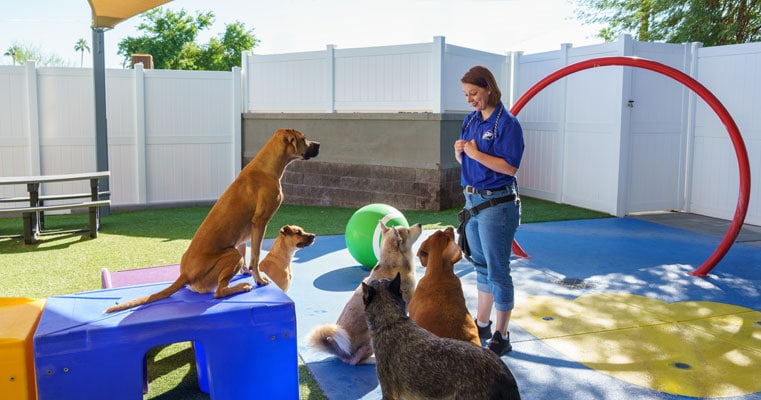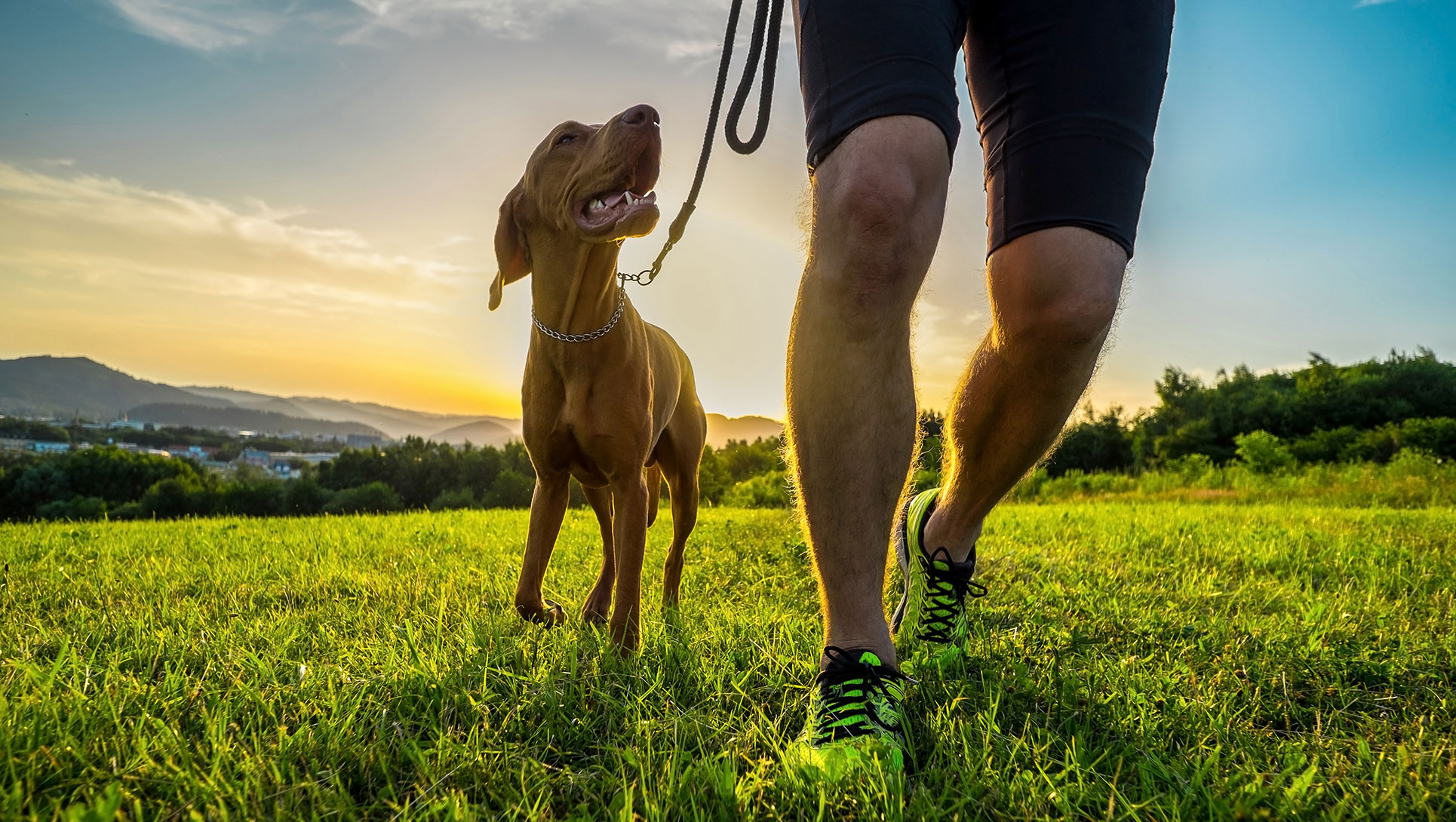Dog Training Techniques to Help Manage Aggressive Behavior in Dogs
Dog Training Techniques to Help Manage Aggressive Behavior in Dogs
Blog Article
Novice's Guide to Successful Dog Training at Home
Successfully educating a pet at home requires a nuanced understanding of canine habits and reliable communication techniques. Developing clear training goals, utilizing high-quality incentives, and maintaining uniformity throughout family members are crucial components. Incorporating training into day-to-day routines can enhance both interaction and retention.
Comprehending Pet Dog Habits
Comprehending pet behavior is essential for effective training and cultivating an unified relationship in between human beings and their canine buddies. Pet dogs connect mostly with body language, articulations, and faces, making it critical for owners to analyze these signals precisely. Identifying habits such as tail wagging, roaring, or cring can provide understandings into a dog's emotion and intentions.

Typical behavior problems, such as aggression, anxiousness, or excessive barking, usually originate from misconceptions or unmet needs. Observing and attending to these concerns promptly can protect against acceleration and make certain a positive training experience. By cultivating a deep understanding of dog habits, proprietors can customize their training methods to fit their canine buddies, inevitably resulting in a mannerly and contented pet dog.
Vital Educating Devices
A well-appointed training space can dramatically enhance the effectiveness of canine training at home. Crucial training devices make certain that both the fitness instructor and the dog can involve in effective sessions that cultivate understanding and bonding.

Buying a strong leash and a comfortable, well-fitting collar or harness is essential for security and control. These tools aid establish boundaries and make certain the dog continues to be safe and secure during training. Furthermore, a designated training area, without interruptions, aids concentration for both the dog and the instructor.
Educating aids such as training pads, cones, or agility devices can likewise enhance the experience by introducing variety and challenges. Finally, having a notebook or electronic app for tracking progression can be indispensable, enabling you to note successes and locations for enhancement. Making use of these important devices will certainly create a positive training setting and lay the structure for effective discovering.
Producing an Educating Routine
Establishing a regular training routine is crucial for efficient dog training at home. A well-structured regular not just aids in enhancing preferred behaviors yet also gives your canine with a complacency and predictability. To produce an efficient training regular, begin by identifying particular training objectives, such as standard commands, chain strolling, or housebreaking.
Choose a designated time each day for training sessions, preferably when your pet is sharp and responsive. Sessions should be short, around 5 to 15 minutes, to keep emphasis and stop tiredness. Consistency in timing and atmosphere will enhance your canine's learning experience.
Integrate training into daily activities to strengthen skills. As an example, practice commands during strolls or mealtime, which integrates learning into all-natural routines. Additionally, stay versatile and change the regular as essential, accommodating your pet dog's power degrees and state of mind.
Positive Reinforcement Methods
Positive support strategies are fundamental to effective pet training, promoting desired actions Website via incentives instead of punishment. This technique utilizes favorable stimuli, such as treats, praise, or play, to urge pets to repeat details activities. The foundation of this approach is timing; benefits must be provided right away following the desired behavior to produce a clear organization.
When implementing favorable reinforcement, it is vital to pick benefits that are motivating for your pet dog. High-value deals with, such as small items of chicken or cheese, can be specifically effective throughout training sessions. In addition, varying the incentives can maintain your pet dog's interest and enthusiasm.
Begin with basic commands, like "rest" or "remain," and progressively development to extra complex jobs. Consistency is vital; make sure that all household members utilize the same commands and benefit systems to stay clear of confusion.
Additionally, it is vital to stay patient and prevent stress. Pet dogs, like human beings, learn at Going Here their own rate. By fostering an encouraging training environment with favorable support, you can enhance your pet dog's understanding experience while strengthening the bond between you and your fuzzy companion, preparing for effective training end results.
Common Training Obstacles
While training a pet dog at home can be a gratifying experience, it often features a set of typical difficulties that can test both perseverance and consistency. One common issue is interruption. Pets might end up being quickly sidetracked by noises, movements, or also aromas in their environment, making it difficult to maintain their emphasis during training sessions.
One more obstacle is disparity in commands and reinforcement. If relative utilize different hints or benefits, it can impede and confuse the dog progress. Establishing a unified method is vital for efficient communication.
Additionally, dogs can experience disappointment or anxiety, particularly if they do not recognize what is expected of them. This can lead to undesirable habits, such as chewing or barking.
Finally, the timing of support is vital (Dog training). Delayed rewards can lessen the performance of positive reinforcement, as dogs might stop working to connect the actions with the incentive
Getting rid of these challenges calls for commitment, clear communication, and an organized training plan. Recognizing and attending to these common obstacles will lead the means for a much more delightful and successful training experience at home.
Final Thought
Finally, effective pet training in the house necessitates a detailed understanding of canine actions and efficient interaction strategies. find out here By developing clear training objectives and making use of top notch treats along with positive support, the training process ends up being extra fulfilling for both the instructor and the pet. Patience, uniformity, and adaptability are crucial components that assist in understanding. Inevitably, integrating training into daily routines improves the bond between dog and proprietor, making the experience both pleasurable and efficient.
Establishing a constant training regimen is necessary for efficient pet dog training at home.Positive reinforcement techniques are fundamental to effective pet training, advertising wanted actions via rewards instead than punishment (Dog training). By promoting a supportive training atmosphere via favorable reinforcement, you can improve your canine's discovering experience while enhancing the bond in between you and your furry companion, laying the foundation for effective training end results
In conclusion, effective pet dog training at home necessitates a detailed understanding of canine behavior and effective communication techniques. By establishing clear training objectives and utilizing high-grade treats together with favorable reinforcement, the training procedure becomes more fulfilling for both the fitness instructor and the dog.
Report this page